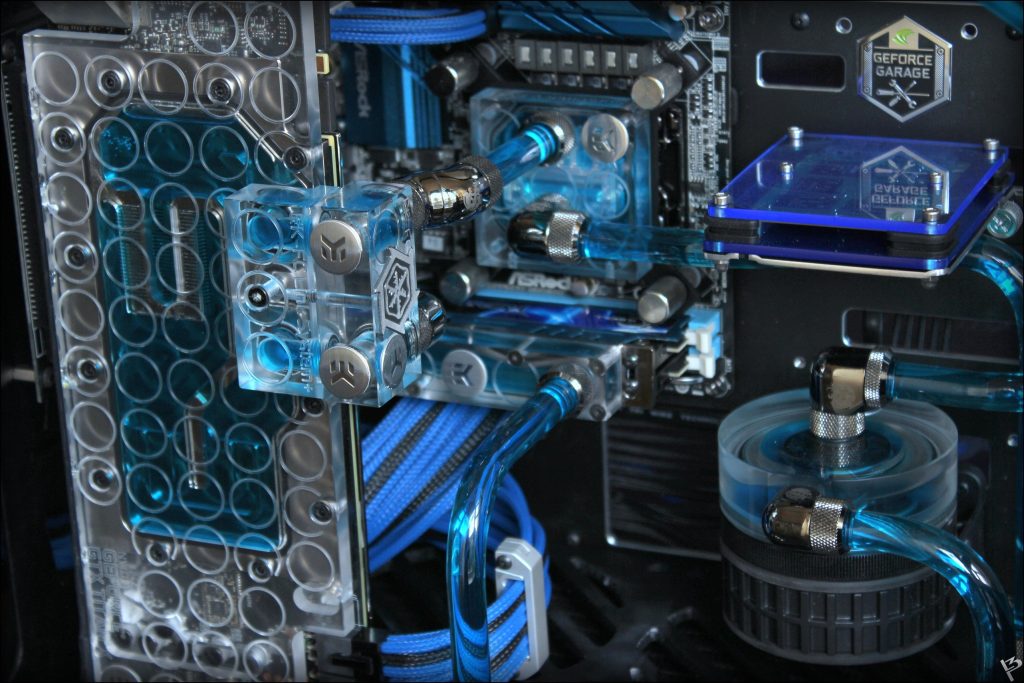
Industrial air purifier is used for cleaning the industrial air to maintain healthy and safe working environment for employees. The industrial air purifier sucks in dirty air and pumps out clean air with the help of filters like HEPA, Activated Carbon, etc. Maintaining high quality compressed air is a crucial factor in industries such as metal fabrication and food processing. To ensure this, the compressed air goes through an air dryer and particulate filter before exiting. Ventilation Industrial work spaces typically contain a large number of employees, who spend their shifts indoors. This can expose them to various air pollutants such as smoke, chemical fumes and dust particles. These pollutants stay concentrated in the enclosed spaces and can have severe effects on a person’s health. An industrial air cleaner system is designed to clean the indoor work environment by removing harmful pollutants from the air. These systems pull contaminated air into a filtering system, which removes the contaminants and recirculates fresh air back into the work space. This can help reduce respiratory problems, such as asthma and allergies, while also lowering the risk of fires or explosions. Industrial air cleaning systems can be either ambient or portable (or source capture) units. Ambient systems can be installed as standalone systems to create planned air circulation patterns, while portable units are placed directly in front of the application and are effective against both fumes and particles. Filtration In industrial air filtration systems, dirty air is collected and sent through a series of filters to clean the air. The cleaner, filtered air is then recirculated into the workplace. This process is essential for a wide range of industries. Industrial filtration helps keep indoor air quality safe for building occupants, protects plant assets and keeps equipment working effectively. Filter types vary by application and are rated based on efficiency (MERV) and area size. A higher MERV rating indicates a better filter for your needs. Industrial air filtration systems eliminate the need to exhaust expensive heated or cooled outdoor air and are ideal for fume extraction, welding smoke collection, oil mist filtration and other airborne nuisance dusts and vapors. These recirculating units pull contaminated air through a series of HEPA and/or activated carbon filtration to remove harmful particles, then redistribute it into the workspace. This recirculation also saves energy. Air dryers are included to remove corrosion and contaminant-enabling moisture from the compressed air before it is recirculated. Exhaust Industrial exhaust filters remove dangerous pollutants from contaminated air before it is exhausted into the atmosphere. This includes unburned hydrocarbons, carbon monoxide, oxides of nitrogen and sulfur gases. These are toxic to lungs and pose a health hazard as well as contribute to ozone depletion. An industrial air cleaner can be used in a variety of ways to control air pollution depending on the application. Source capture is the most effective approach where processes can be contained under a hood or in some form of enclosure. Hoods can be ducted to individual dust collectors or a centralized system that pulls air from multiple collection points throughout the facility. For applications where processes are not easily contained, extraction arms or a centralized mist collector can be employed to keep harmful combustible dust and weld smoke away from the workers. This is a cost-effective alternative to bringing fresh outdoor air into the plant. It also allows for better filtration since it is done at the source rather than after the air has circulated through a building’s heating and cooling systems. Maintenance An industrial air cleaner is a critical piece of equipment for any plant that produces smoke, dust or oil mist. Keeping this equipment clean, working properly and at optimum efficiency will help to improve production, protect employees and provide a better environment for your customers. Proper maintenance of these pieces of equipment falls into four main categories, filtration, lubrication, inspection and stabilization. These steps help control contaminants, ensure safe operation, eliminate conditions that detract from performance and extend the life of your industrial equipment. For example, routine cleaning and preventative maintenance of the electrostatic precipitator (ESP) cells in your industrial air cleaner will yield long ESP cell life and overall high efficiency for your system. In addition, a regularly scheduled simple maintenance program will keep your shop clean. These programs are primarily directed at Tri-Mist ESP cells but are generally applicable to any electrostatic industrial air cleaner. Read your owner’s manual for exact instructions on the proper way to clean your industrial air cleaner.